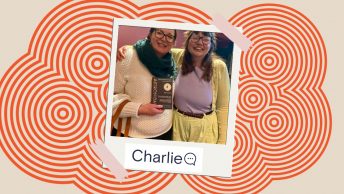As students, interviews can be a nail-biting experience, especially when you are studying for that end of week exam the night before a big interview. Time management is key to success in this instance. However, there is also a sure-fire way on getting ready for an interview where you can spend less time preparing and more time practising!
The secret to interview success comes down to the STAR Method. You may have heard it in passing or in job applications that ask you to prepare your statement using the STAR method.
Here is a simple breakdown of the STAR Method and how you can utilise this method to shrink your preparation time down so that you can spend more time practising your interview skills to nail that job interview.
S is for Situation
Where, when and the contextual information for your examples
Describe the situation that you were in. Who was involved and what was your role? For this part you should describe a specific event or situation, not a generalised description of what you have done in the past.
Look at the job description for the job you are applying for when choosing an experience beforehand. This is so you can showcase how you can handle situations and how you will be able to handle similar situations in the potential new role.
T is for Task
The task or problem to be solved
Simply put, this part requires you to articulate the goal you were working on.
A is for Action
How did you solve the problem, fulfilled tasks or handle the situation? What did you do and how did you do it?
Remember to keep in mind the criterion of the job position that you are applying for. This will help demonstrate to the interviewer that you are the best fit for the role and the organisation. Describe this part in detail and remember to keep the focus on you!
R is for Result
The outcome that was achieved as a result of your actions
If you can, do your best to quantify the results if it is applicable.
Describe the outcome of your actions and don’t be shy about taking credit for your behaviour. What happened? How did the event end? What did you accomplish? What did you learn? Make sure your answer contains multiple positive results.
Good luck in your preparation and we are sure that you will be successful!
If you want more details please contact the Careers and Skills Hub:careers@csu.edu.au










